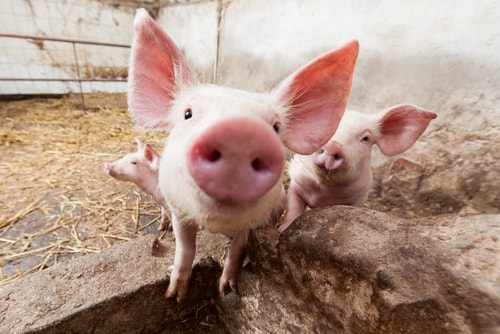Herd had contracted pseudorabies
By Diego Flammini
Assistant Editor, North American Content
Farms.com
A herd of about 100 hogs was destroyed at a farm in Callaway County, Missouri after some of the animals tested positive for pseudorabies.
According to an email sent by Sarah Alsager, the public information officer for the Missouri Department of Agriculture to the Jefferson City News-Tribune, the animals likely contracted the disease from feral hogs.
The email states that feral hogs are routinely tested for pseudorabies and brucellosis, and when a positive result is found, investigations take place in surrounding areas.

"At-risk swine herds are tested and appropriate actions are taken, which may include re-testing a herd (if there are not any indications of disease) or depopulating a herd (if re-testing is not an option or animals are exhibiting clinical signs of disease),” the email said.
Tests concluded the herd needed to be depopulated; the producer will receive payment based on current market price.
Pseudorabies attacks the animal’s central nervous system and symptoms can include convulsions, intense itching, severe rhinitis and is usually fatal.
The disease also has the potential to spread to other livestock.